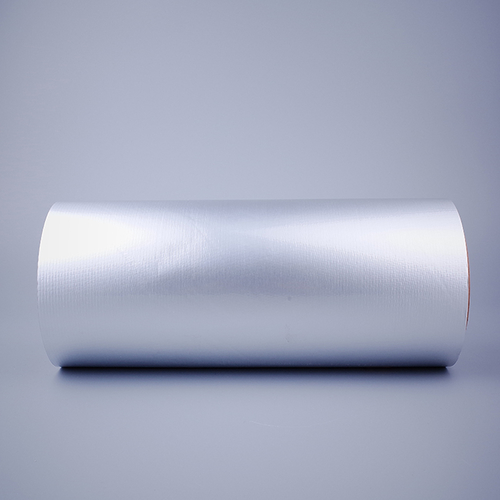Candy Twist Film
Material:Plastic Film
In today’s world, printed materials such as documents, photographs, brochures, menus, signage, and certificates play a critical role in communication, marketing, and record-keeping. While digital alternatives have become increasingly popular, printed media remains indispensable in many industries. However, paper and other print substrates are inherently vulnerable to environmental damage, handling, and aging. To address these challenges, laminating film has emerged as an effective solution to enhance the durability and lifespan of printed materials.
This article explores the ways laminating film protects printed items, improves their functional and aesthetic qualities, and extends their useful life. It also discusses different types of laminating films, their applications, and best practices for use.
Laminating film is a thin, flexible sheet made from plastic polymers, typically polyester (PET), polypropylene (PP), or polyethylene (PE). The film can be applied to printed materials using heat, pressure, or adhesive to create a protective layer over the surface of the paper or card.
The choice of film type depends on the substrate, purpose, and desired finish.
Printed materials are susceptible to tears, folds, scratches, and creases, especially when handled frequently. Laminating film acts as a protective barrier:
For high-traffic documents, such as identification cards or signage in public spaces, this physical protection is essential for maintaining both functionality and professional appearance.
Paper and other substrates can absorb moisture, causing warping, curling, or ink smearing. Laminating film provides water-resistant or waterproof protection:
Cold laminating films are particularly useful for heat-sensitive materials while still providing strong moisture protection.

Many printed materials, especially those exposed to sunlight, can fade or discolor over time due to ultraviolet (UV) light. Laminating film with UV-resistant properties can:
UV protection is particularly important for outdoor signage, educational materials displayed in windows, and promotional posters.
Laminated surfaces are more resistant to chemical spills, stains, and fingerprints:
By creating a chemically inert layer, laminating film ensures that the printed material maintains both clarity and functionality over time.
Frequent handling of printed materials can cause degradation, including:
Laminating film distributes mechanical stress across the surface, reducing wear from repeated handling:
The protective film acts as a shield while preserving the tactile and visual qualities of the printed material.
Beyond protection, laminating film also enhances visual quality:
The aesthetic enhancement not only improves the perceived value of printed materials but also helps maintain a professional and polished look even with prolonged use.
Laminating film is essential for archival purposes:
By encapsulating the printed material, lamination preserves its original condition, preventing yellowing, fading, and degradation over time.
While laminating film adds an initial expense, it reduces replacement costs:
The cost-effectiveness is especially evident in environments where materials are frequently handled or exposed to harsh conditions.
Laminating film is widely used across multiple industries:
The ability to choose between thermal and cold lamination, as well as different finishes and thicknesses, makes lamination adaptable to a variety of needs.
To maximize the durability benefits of laminating film, consider these best practices:
Following these steps ensures optimal protection and longevity for printed materials.
| Benefit | Explanation |
| Physical Protection | Resists tears, folds, scratches, and abrasions |
| Moisture Resistance | Prevents water damage and ink smearing |
| UV and Fade Protection | Maintains color vibrancy and readability |
| Chemical Resistance | Protects against stains, oils, and fingerprints |
| Enhanced Handling | Reduces wear from frequent use |
| Aesthetic Enhancement | Improves appearance with glossy, matte, or satin finishes |
| Document Preservation | Ideal for certificates, maps, and manuals |
| Cost-Effectiveness | Reduces replacement and maintenance costs |
| Versatility | Suitable for educational, corporate, industrial, and creative applications |
Laminating film is a simple yet powerful solution for extending the lifespan and durability of printed materials. By creating a protective barrier against physical damage, moisture, chemicals, UV light, and frequent handling, laminated documents, cards, and posters remain functional and visually appealing over extended periods.
The choice of lamination type, film thickness, and finish allows customization based on the intended use, making laminating film a versatile tool for education, business, hospitality, industrial, and creative sectors. Investing in lamination not only preserves the quality of printed materials but also enhances their aesthetic appeal, reduces replacement costs, and ensures long-term usability.
In an era where print remains an essential medium, laminating film is a cost-effective and reliable way to protect, preserve, and present printed materials professionally.